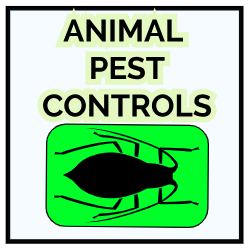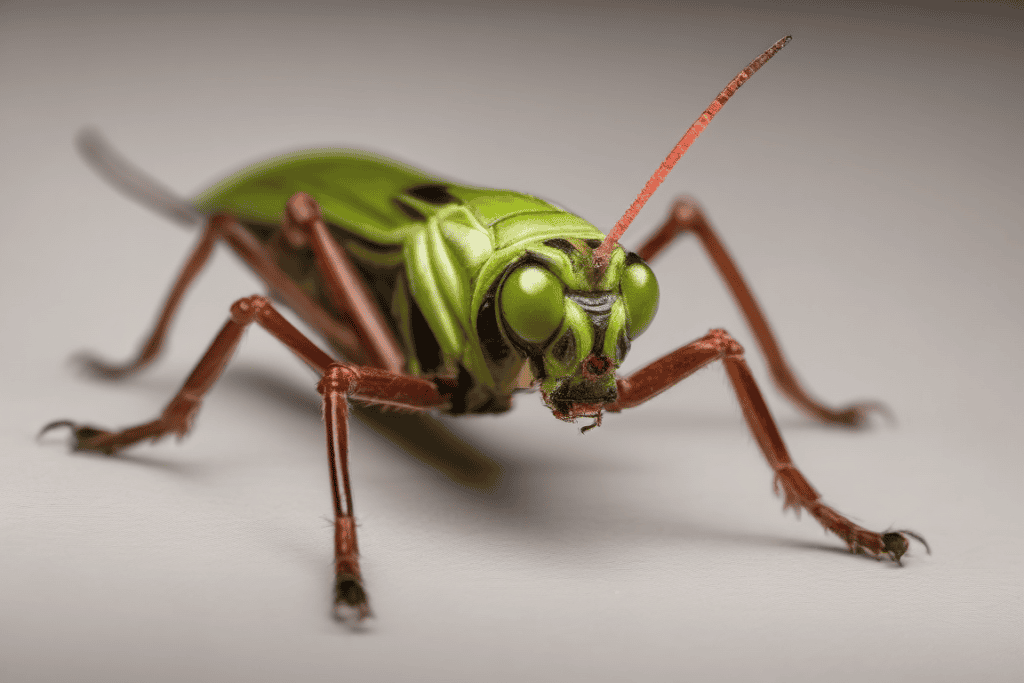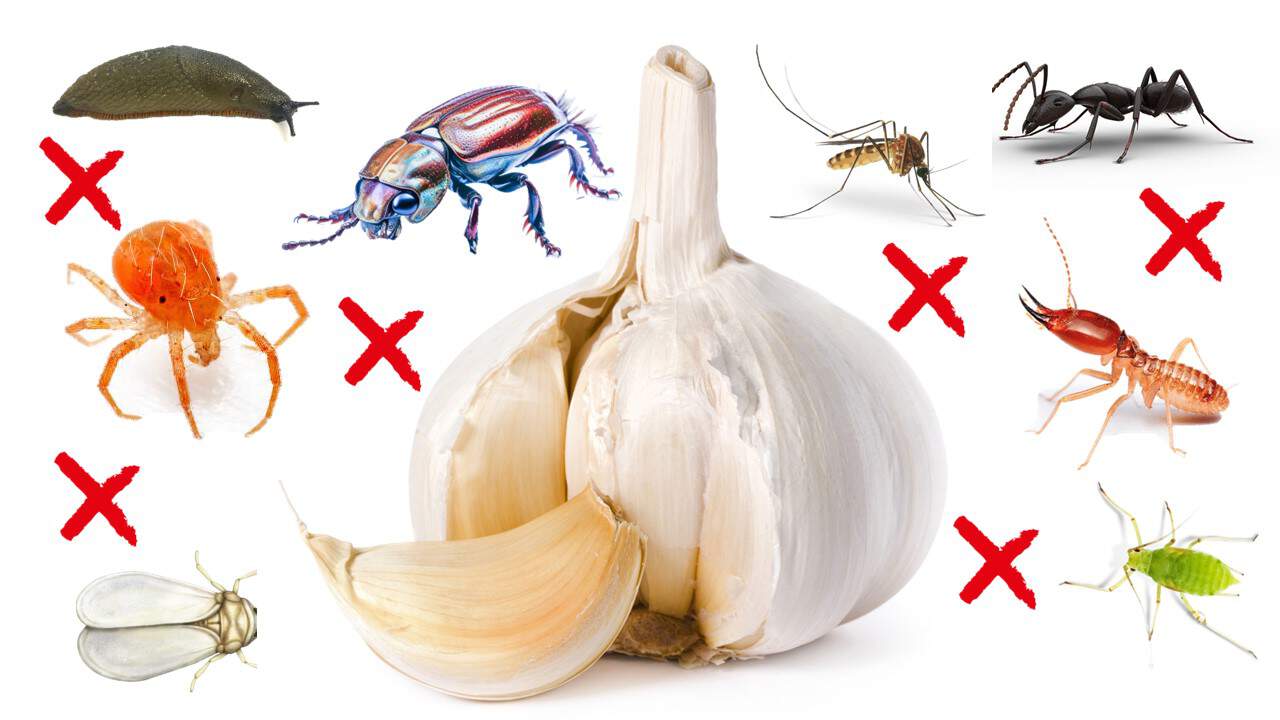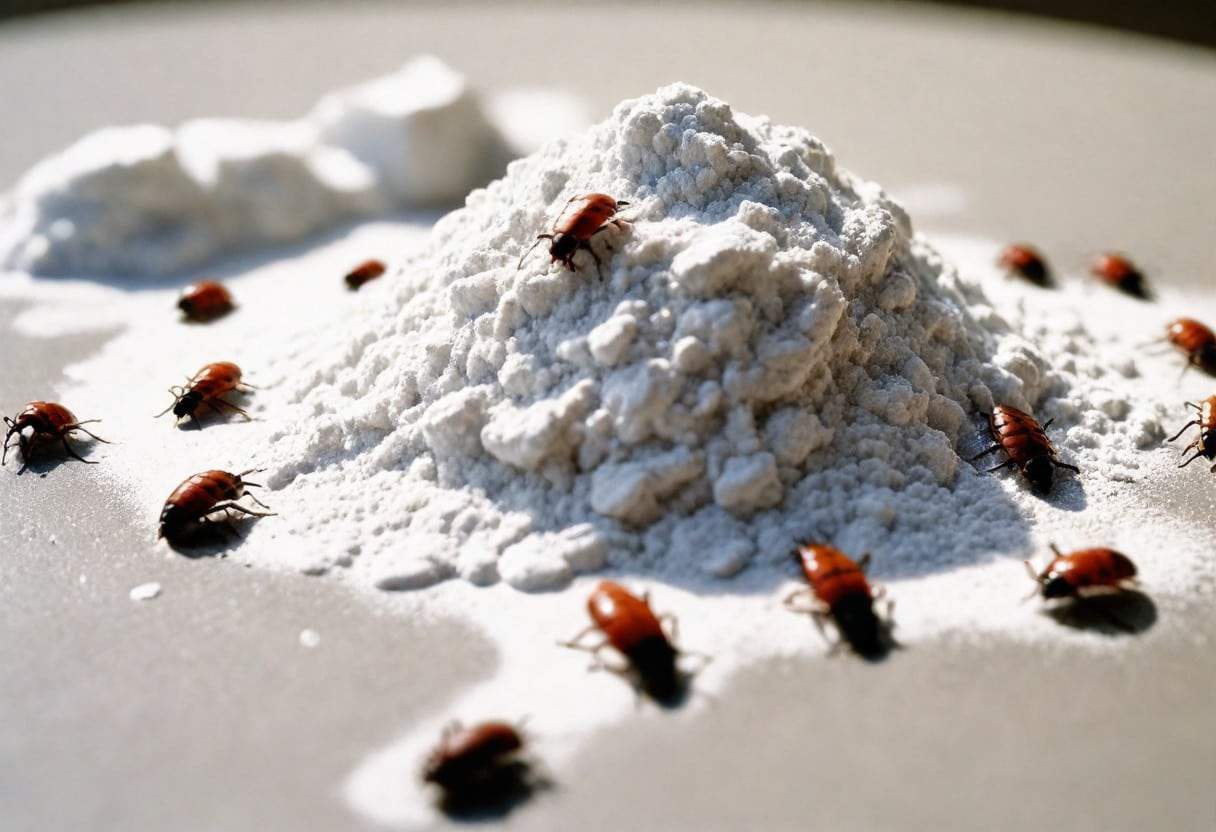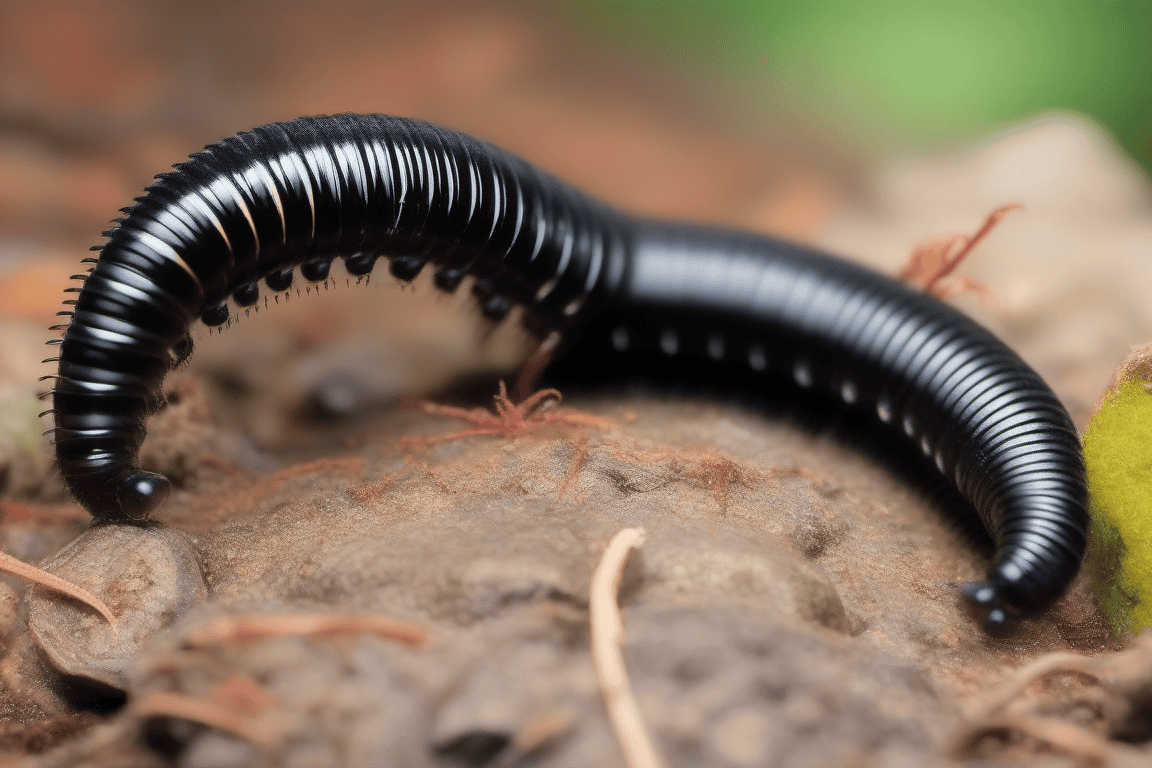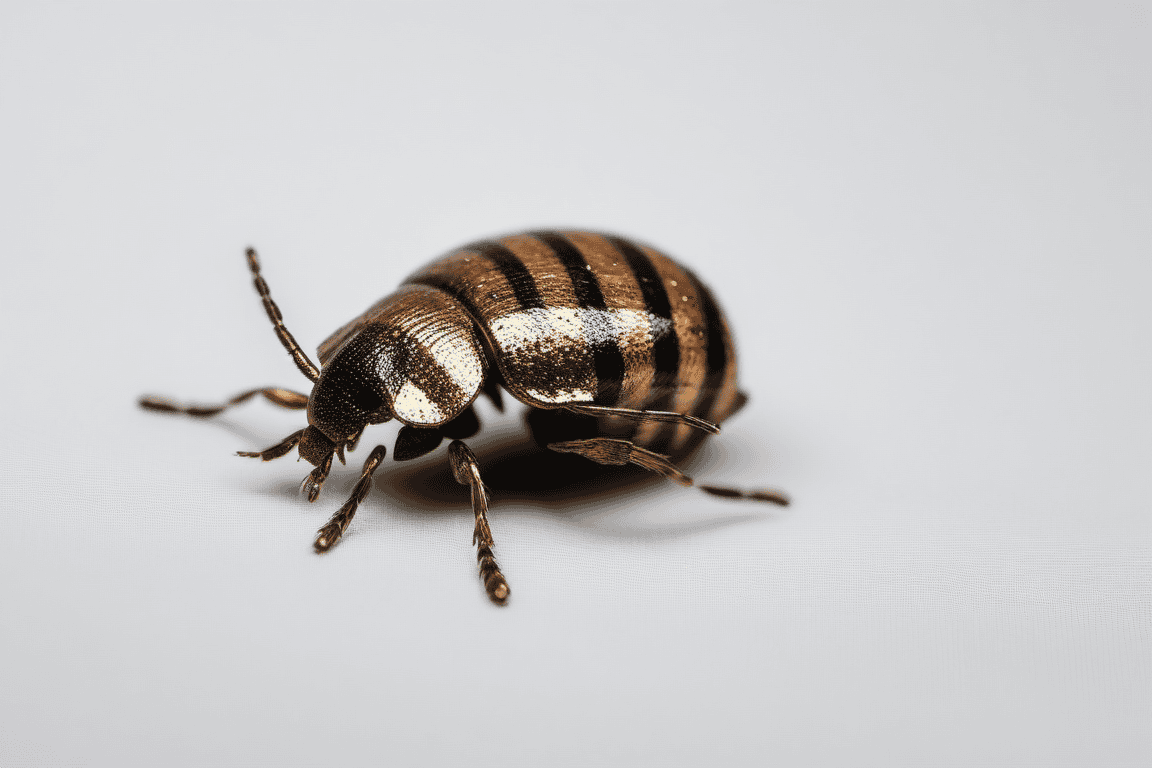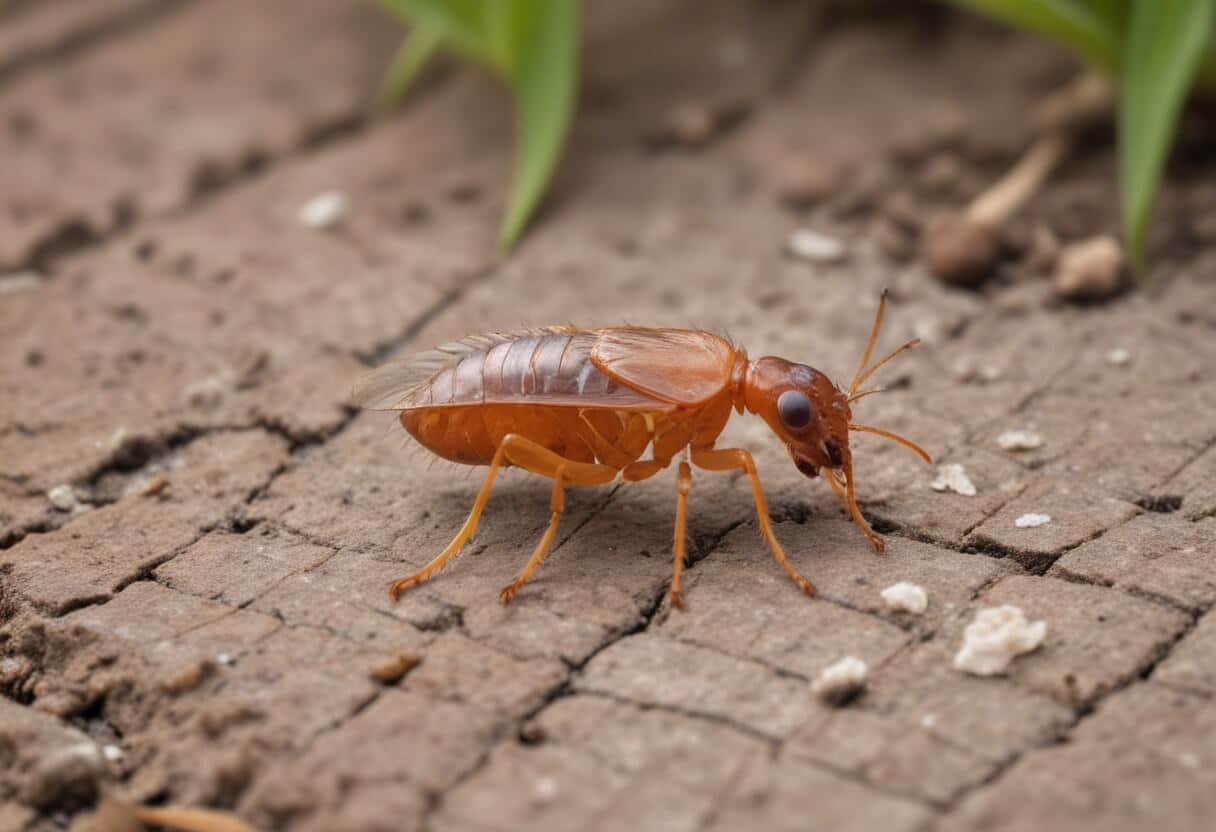Crickets are small insects you can find in many parts of the world. They are infamous for their chirping sound, especially at night. While some people may find the sound soothing, others consider it annoying.
Besides, crickets can become a nuisance when they invade homes and gardens.
If you are tired of these buggers chirping their way into your peaceful nights, it’s time to show them who’s boss! Today, we will reveal nature’s secret weapons against these chirpy invaders.
From DIY repellents to clever hacks, we’ve got you covered. Get ready for some cricket-crushing knowledge that’ll have you cheering like a victorious gladiator.
You’ll say goodbye to those pesky critters with our all-natural cricket-busting tips and tricks! So, don’t allow crickets to rule your kingdom any more. Watch now and reclaim your quiet throne!
Table of Contents
What are Crickets?
Crickets are insects that belong to the Gryllidae family.
They typically have a rounded, cylindrical body shape and are brown or black.
Their bodies are covered in a hard exoskeleton, providing them with protection.
Crickets have large compound eyes that allow them to see well in low light conditions and detect movement. These insects vary depending on the species.
On average, they measure around 0.6 to 1 inch (1.5 to 2.5 cm) in length, but some species can reach up to 2 inches (5 cm). They have six legs adapted for jumping and hopping around. Crickets are infamous for their chirping sound, which results from rubbing their wings together.
This behavior is prevalent in male crickets during mating season to attract females. They use their wings not only for producing sounds but also for flying short distances.
An impressive property of crickets is their ability to jump at significant heights relative to their size due to their powerful leg muscles. Some species of crickets also possess wings that enable them to fly short distances when necessary.
What are Natural Remedies to Repel and Exterminate Crickets?
1. Sanitation and maintenance
Crickets are attracted to moisture, so fixing any leaks or sources of water in your home is crucial in keeping them away.
Check for any leaking pipes or faucets and repair them promptly. Ensure to keep your home dry by using dehumidifiers or fans to reduce excess moisture.
In addition to addressing moisture issues, eliminate food sources that may attract crickets. Store all food items in airtight containers and clean up spills or crumbs.
Vacuum your floors and dispose of trash regularly to prevent cricket infestations. Even so, maintaining a clean and clutter-free home can deter crickets from taking up residence.
Remove piles of newspapers, cardboard boxes, or other potential hiding spots where crickets can breed and thrive.
These preventive measures can create an inhospitable environment for crickets, eliminating them while keeping your home clean and pest-free.
2. Molasses trap
The sweet smell of molasses is an attractive aroma to crickets, luring them toward a trap.
Once it lures them in, they will become stuck in the sticky mixture due to its thick consistency. This condition prevents them from escaping and eventually leads to their demise.
You can place multiple traps in areas where you’ve noticed cricket activity, such as near windows or doors. You will need 3 to 4 tablespoons of molasses and half a bowl or a jar of water.
Start by filling a jar or bowl halfway with water, then add the molasses and mix well. The insects will drown and die after falling into the trap.
This homemade trap offers an eco-friendly solution to control cricket infestations without harmful chemicals. Check and clean the traps regularly by removing trapped crickets and refilling them if necessary.
Utilizing this simple yet effective method can reduce the population of crickets in your home while avoiding potential health risks associated with chemical insecticides.
3. Diatomaceous earth
We get diatomaceous earth from the fossilized remains of diatoms, which are tiny aquatic organisms with hard silica shells.
The microscopic particles in diatomaceous earth have sharp edges that can puncture the exoskeleton of crickets, causing them to dehydrate and eventually die.
When crickets come into contact with this substance, it adheres to their bodies and penetrates their protective outer layer, leading to dehydration and death.
To use this substance for cricket control – start by identifying areas where crickets are present. Sprinkle a thin layer of the powder in these places, paying attention to cracks and crevices where they may enter your home.
You can also apply it along baseboards, windowsills, door thresholds, or any other potential entry points for crickets. Reapply the substance after rainfall or if it gets wet as moisture reduces its effectiveness against pests.
While diatomaceous is safe for humans and pets, never ingest or inhale it, as it can irritate the respiratory system.
4. Nitrogen-fixing plants
Nitrogen is an essential nutrient for plants, and many species of crickets are attracted to areas with high nitrogen content in the soil.
Cultivating nitrogen-fixing plants can reduce the available nitrogen in the environment, making them less attractive to crickets.
Some examples of nitrogen-fixing plants include legumes like beans, peas, and clovers. These plants have a symbiotic relationship with bacteria called rhizobia that live in their root nodules.
The bacteria convert atmospheric nitrogen into a form the plants can use, enriching the soil with this nutrient. In addition to reducing the cricket population through decreased food availability, cultivating nitrogen-fixing plants also offers other benefits.
These plants help improve soil fertility and structure by increasing organic matter content and promoting beneficial microbial activity.
This condition creates a healthier environment for other desirable vegetation while discouraging pests like crickets from thriving in your home or garden.

5. Seal entry points
Crickets are insects that can squeeze through tiny openings, so it is crucial to thoroughly inspect the exterior of your house for any cracks or gaps.
Common entry points include gaps around windows and doors, holes in screens, cracks in foundations or walls, and openings around utility pipes.
Once you have identified these entry points, it is essential to seal them as soon as possible. Use caulk or weather stripping to cover any gaps around windows and doors.
Utilize expanding foam insulation or concrete to patch compound larger cracks or holes in walls or foundations.
Repair damaged window screens and fit them into their frames. In addition to sealing entry points outdoors, address any potential indoor-entry areas. Inspect areas such as basements, crawl spaces, attics, and garages for any openings where crickets could enter.
Use caulk or spray foam insulation to seal these areas off and prevent crickets from invading your living spaces. Sealing all potential entry points indoors and outdoors can reduce the likelihood of cricket infestations in your home.
6. Essential oils
Essential oils have strong scents that can repel crickets and keep them away from your home or garden.
Peppermint oil, in particular, is famous for its powerful insect-repelling properties.
Its strong fragrance is a deterrent for crickets and keeps them at bay. Spray the oil a few times in areas you’ve noticed cricket activity. Lavender oil is another excellent option for repelling crickets.
Not only does it have a pleasant aroma that humans enjoy, but it also acts as a repellent for many insects, including crickets.
The calming scent of lavender makes it suitable around doorways and windowsills to keep these unwanted pests from entering your home. Eucalyptus oil is another essential oil that can eliminate crickets from your home.
It has a potent scent that repels many insects, including crickets.
Spraying diluted eucalyptus oil around the areas where you’ve noticed cricket activity or infestation can exterminate them and prevent further damage to your property.
7. Boric acid
Boric acid disrupts an insect’s nervous system, ultimately leading to its death. When crickets come into contact with boric acid, they inadvertently ingest it while grooming their bodies or consuming contaminated food sources.
Once inside their bodies, boric acid interferes with their metabolism and causes dehydration, resulting in their demise. Identify areas where these insects are most active. These hotspots may include basements, garages, or outdoor spaces near light sources.
Next, mix the boric acid powder with a bait material such as sugar or flour to attract the crickets and enhance their effectiveness. Place small amounts of this mixture in strategic locations like corners or crevices where the pests are frequent.
Take caution not to scatter large quantities of boric acid on surfaces that humans or pets happen upon, as it can be harmful if ingested in large amounts.
8. Hot chili and crushed cloves
Hot chili and cloves create a potent repellent that kills and deters crickets from infesting your home or garden. This combo is effective against crickets due to the strong odor it emits.
Crickets are highly sensitive to smells, and the hotness and aroma of chili peppers combined with the aromatic scent of cloves overwhelms their senses and drives them away.
To use this natural cricket repellent – grind dried chili peppers into a fine powder. Then, crush some cloves using a mortar and pestle until they form a coarse powder.
Mix equal parts of the chili powder and clove powder thoroughly. Sprinkle this mixture in areas where you have noticed cricket activity. Besides, you can create sachets by placing the mixture in small fabric bags and hanging them in areas prone to cricket infestation. Remember to reapply the combo periodically for total extermination.
Conclusion
Crickets may be pesky little creatures that disrupt your peace.
But, various natural remedies and methods can eliminate them. From sealing off entry points to creating a less appealing environment for them, these solutions are potent and environmentally friendly.
So, instead of squashing those bugs, try these natural remedies and reclaim your home from those chirping invaders. Remember, while crickets may have their place in nature, it’s best to send them out of your living space.
Happy cricket-free days ahead!
